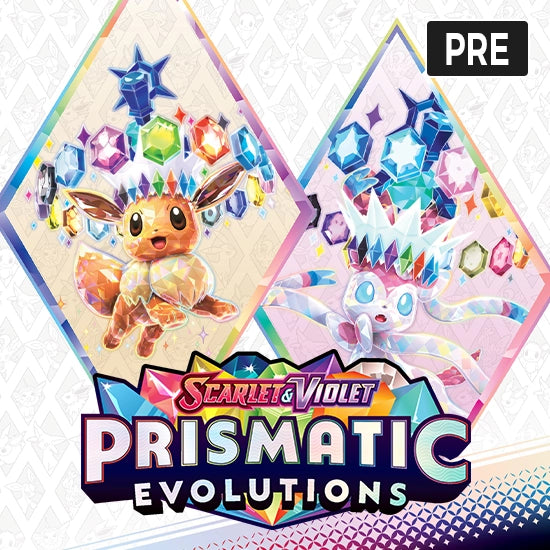

We will send you a notification as soon as this product is available again.
The Landwehr were militia formed from teenagers through to men in their forties. They were plucked from their fields, shops and offices and enrolled into the Prussian military machine to enlarge the forces that could finally depose Napoleon, the Tyrant of Europe. Prussia was a small State but her armies were well-trained and burning to avenge their past defeats.
Full with content, this box set contains:
- 24 Plastic Prussian Landwehr Militia
- 2 Metal command (officer and drummer)
- A 4-page background guide
- 11 full-colour flags
The Landwehr consisted of over sixty battalions and were equipped and trained as time and money allowed. A cheap but warm coat, comfortable cap and a musket were considered uniform enough to get thousands of troops out into the field for the restricted Prussian army of the time.
The Landwehr fought bravely in the later wars of the period, fighting hard in the 1813 campaigns and ultimately at the climax of the Hundred Days campaign that was Ligny and Waterloo.
Ill-equipped and half-trained they may have been, but after a few months hard fighting they went on to fight with determination alongside their brothers in the Prussian Line regiments.
Packed with superb detail, these plastics really capture the true nature of the Landwehr infantry, from the rugged farmers down to the youngster facing combat for the first time.
Models supplied unassembled and unpainted
What are miniatures used for in tabletop games?
How do I paint my miniatures?
What materials are miniatures typically made from?
How can I start collecting miniatures?
Where can I buy miniatures?
What are some tips for assembling miniatures?
Can miniatures be used in different games?
How should I store and transport my miniatures?
Are there any beginner-friendly miniature painting tutorials?




